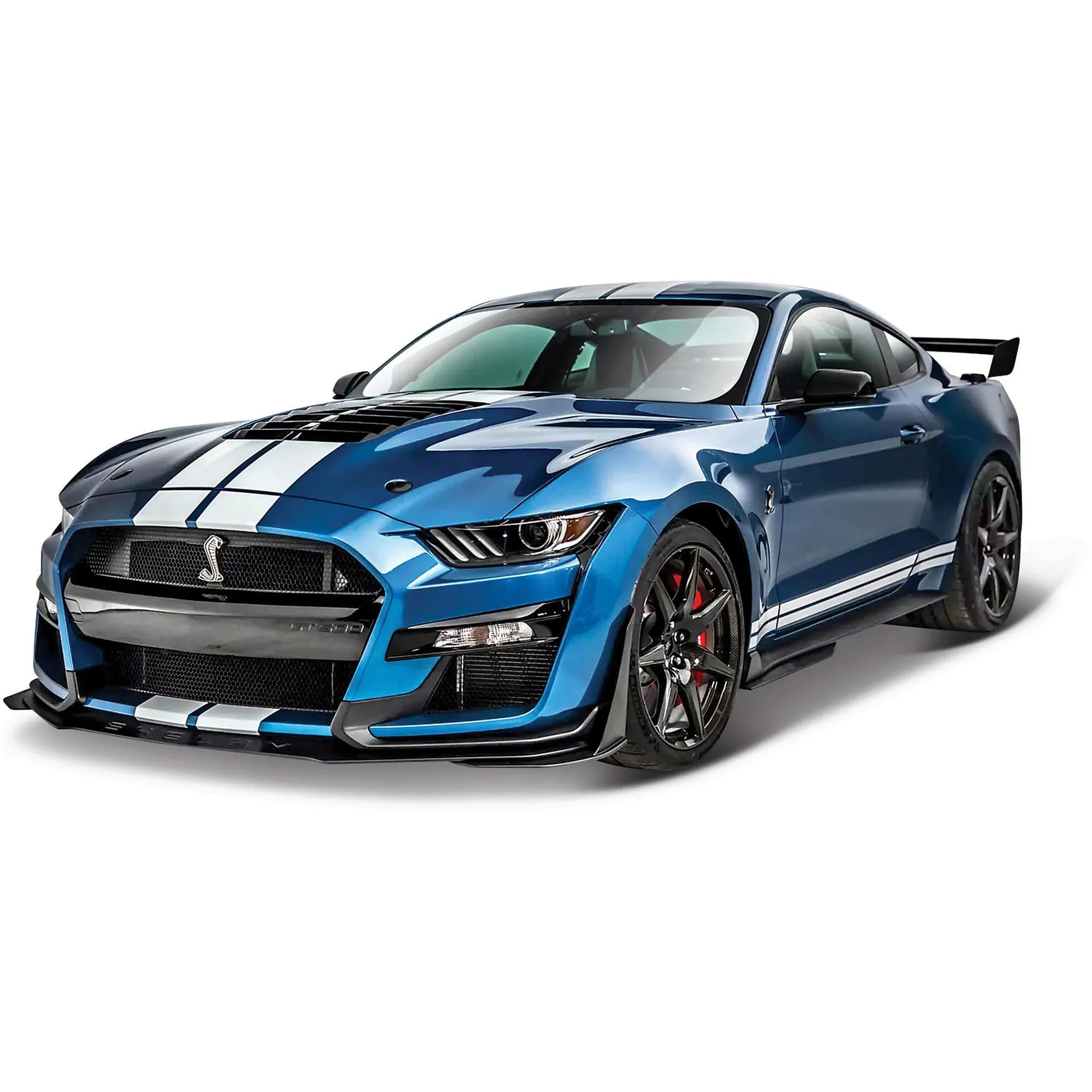Diecast model cars are more than just toys; they are intricate pieces of art that capture the essence of automotive history and design. Whether you’re a seasoned collector or a curious newcomer, the world of diecast cars offers a thrilling blend of nostalgia, investment potential, and the sheer joy of owning miniature replicas of iconic vehicles. This guide will walk you through how to successfully bid and buy diecast model cars, covering everything from understanding the market to caring for your prized collection. Prepare to embark on a journey into the captivating world of miniature motoring, where your dream car can fit in the palm of your hand.
Understanding the Diecast Model Car Market
Before diving into bidding or buying, it’s crucial to grasp the fundamentals of the diecast model car market. This understanding will inform your decisions, protect your investment, and enhance your enjoyment of this captivating hobby. The market is driven by factors such as rarity, brand, model, scale, condition, and historical significance. Popular models, especially limited editions or those related to significant events or historical periods, tend to hold or increase in value. Condition is paramount, with mint-in-box (MIB) models commanding the highest prices, followed by models in excellent condition. Educating yourself on these factors is the first step to becoming a savvy collector or buyer.
Types of Diecast Model Cars
Diecast model cars come in various types, each with its own characteristics and appeal. Understanding these types will help you focus your collecting efforts or find the specific models you’re seeking. The differences lie in scale, detailing, materials, and overall design, each reflecting the manufacturer’s approach and the target audience. The diversity in this area means there’s a diecast model car out there for every collector, no matter their preference.
Scale and Detail
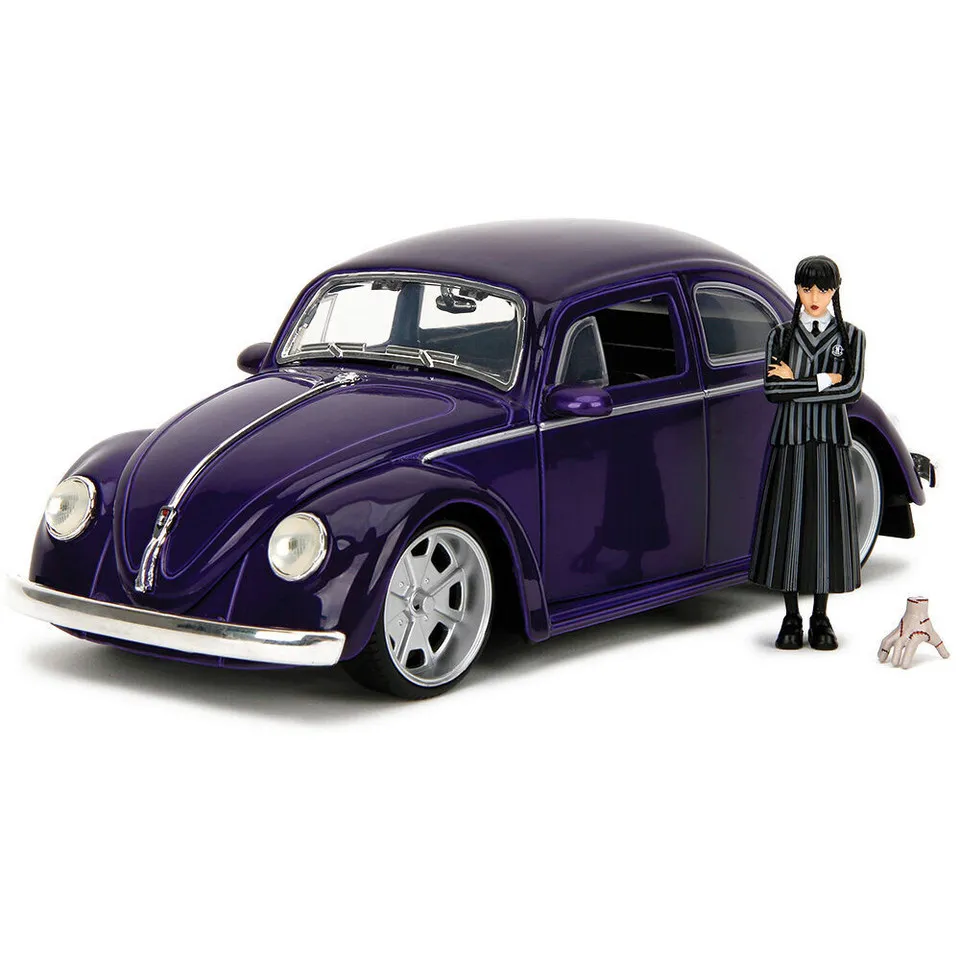
Scale refers to the ratio of the model’s size to the actual car’s size. Common scales include 1:18, 1:24, 1:43, and 1:64, with 1:18 models being the largest and often the most detailed, while 1:64 models are typically smaller and more affordable. The level of detail can vary significantly, from basic models with minimal moving parts to highly detailed replicas with opening doors, detailed interiors, and authentic paint finishes. Collectors often specialize in a specific scale, as it allows them to build a cohesive collection and streamline their storage and display needs. The more detailed a model, the more it typically costs, but the added realism can be a significant draw for serious collectors.
Materials Used
The term ‘diecast’ itself refers to the manufacturing process, where molten metal is poured into a mold to create the car’s body. Zinc alloy is a common material used in diecast models due to its ability to capture fine details. Other materials, such as plastic, rubber (for tires), and sometimes leather or fabric (for interiors), are also used. The quality of the materials and the craftsmanship involved in assembling these parts contribute to the model’s overall value and durability. Some models may feature metal chassis for added weight and stability, enhancing their realism. The combination of materials gives each model a unique feel and appearance.
Popular Brands and Models
Certain brands and models are highly sought after in the diecast car market. These can be the iconic cars or the most famous brands. The popularity can be based on a brand’s history, its commitment to detail, or simply because the real-life cars are beloved by enthusiasts. These brands and models often command premium prices and are a good starting point for building a collection. Researching the brands and models can assist your decisions when you bid or buy.
Ferrari
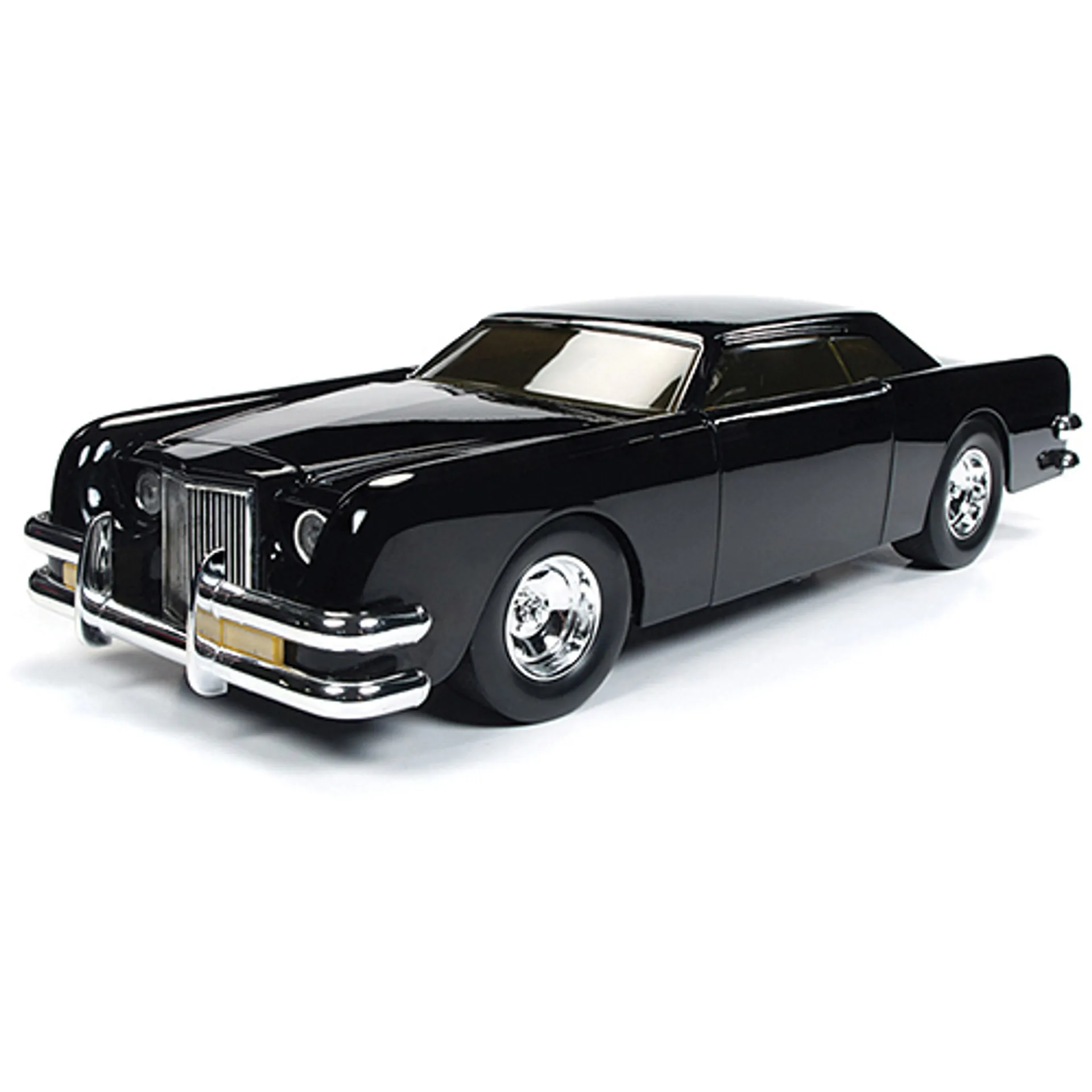
Ferrari models are exceptionally popular among diecast collectors, reflecting the brand’s legendary status in the automotive world. The sleek lines, powerful engines, and rich racing heritage of Ferrari cars make their miniature replicas highly desirable. Whether it’s a classic Ferrari 250 GTO or a modern LaFerrari, these models are seen as investments and pieces of art. Manufacturers such as Bburago and Hot Wheels produce a wide variety of Ferrari models, ensuring that collectors of all levels can find a model that suits their taste and budget. Owning a miniature Ferrari is like holding a piece of automotive history.
Mercedes-Benz
Mercedes-Benz, with its reputation for luxury, engineering, and performance, is another highly sought-after brand in the diecast world. From classic models like the 300SL Gullwing to modern marvels like the AMG GT, these models represent the brand’s commitment to precision and innovation. The attention to detail in Mercedes-Benz diecast models often reflects the quality of the real cars. The brand’s historical significance, from its early racing successes to its role in automotive advancements, makes these models highly collectible and a great choice for serious collectors. Brands like Minichamps and Autoart often produce detailed Mercedes-Benz replicas.
Choosing Where to Bid or Buy
The choice of where to bid or buy diecast model cars can significantly impact your overall experience, from the variety of available models to the level of buyer protection offered. Selecting the right platform or shop can make the difference between a rewarding experience and a frustrating one. Each venue offers unique advantages, catering to different budgets, preferences, and levels of collector experience. It’s important to weigh the pros and cons of each option carefully to ensure that you find the perfect diecast model cars for your collection.
Online Auction Platforms
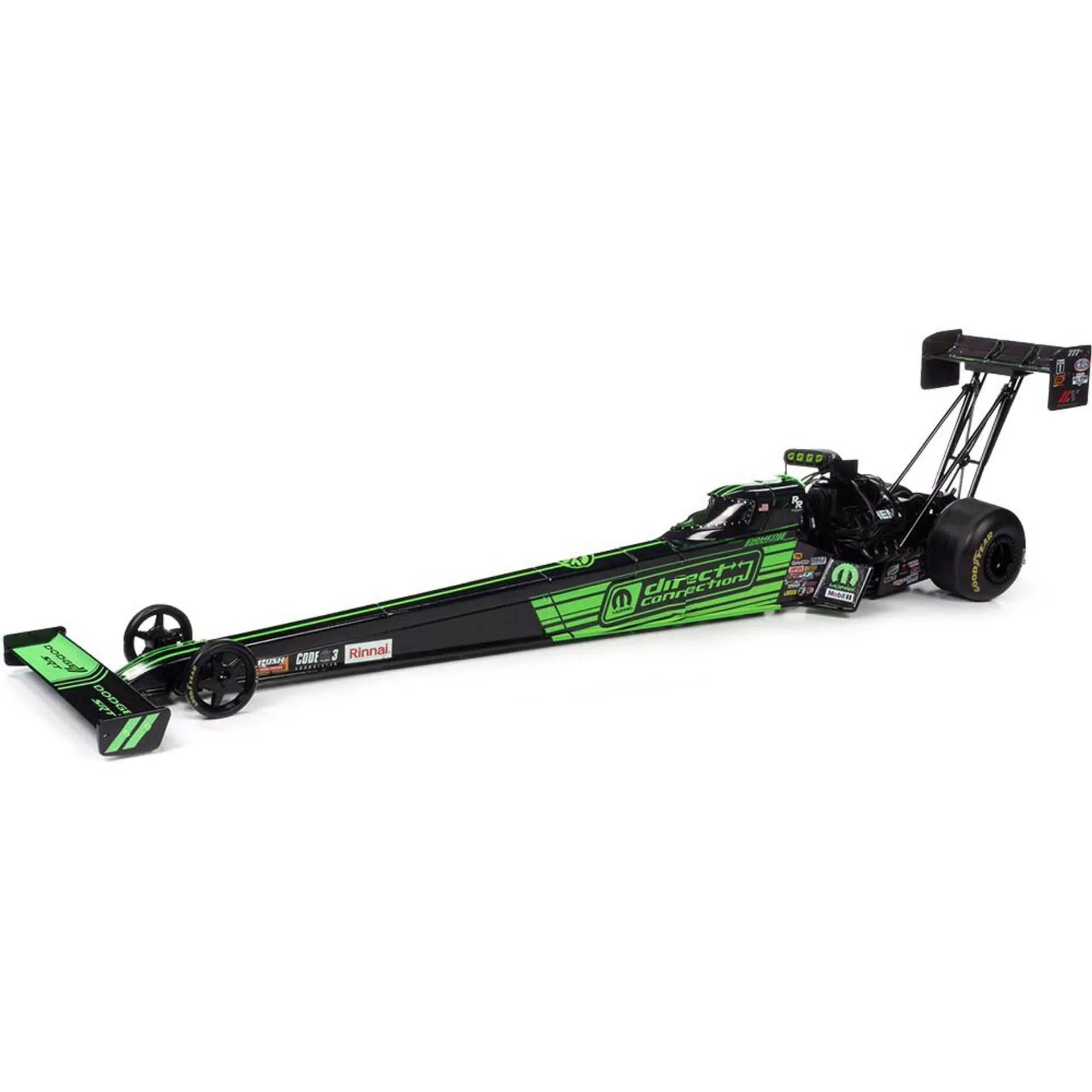
Online auction platforms offer a vast selection of diecast model cars, making it easy to find rare models and compare prices from different sellers. However, these platforms also require caution, as the quality of models and seller reliability can vary. Due diligence is critical when using online auction platforms, and knowing the various options is an important part of this process.
eBay
eBay is the most popular online auction platform, boasting a huge selection of diecast model cars from individual sellers and dealers worldwide. The platform’s auction format can lead to competitive bidding and the chance to snag a bargain. eBay offers a buyer protection program, which provides some security against fraud. However, it’s important to carefully review seller ratings, read descriptions thoroughly, and examine photos closely before bidding. The vastness of eBay can be both a blessing and a curse, as it can take time to sift through listings and find the models you want.
Specialized Diecast Websites
Specialized diecast websites cater specifically to model car collectors, offering a curated selection of models from various brands and scales. These websites often provide detailed product descriptions, high-quality images, and excellent customer service. Prices may be slightly higher than on auction platforms, but the convenience and reliability can make it worthwhile. These websites often stock models that are difficult to find elsewhere, and they can be a valuable resource for serious collectors. Reputable sites will have well-defined return policies and authentication guarantees.
Local Collectibles Shops
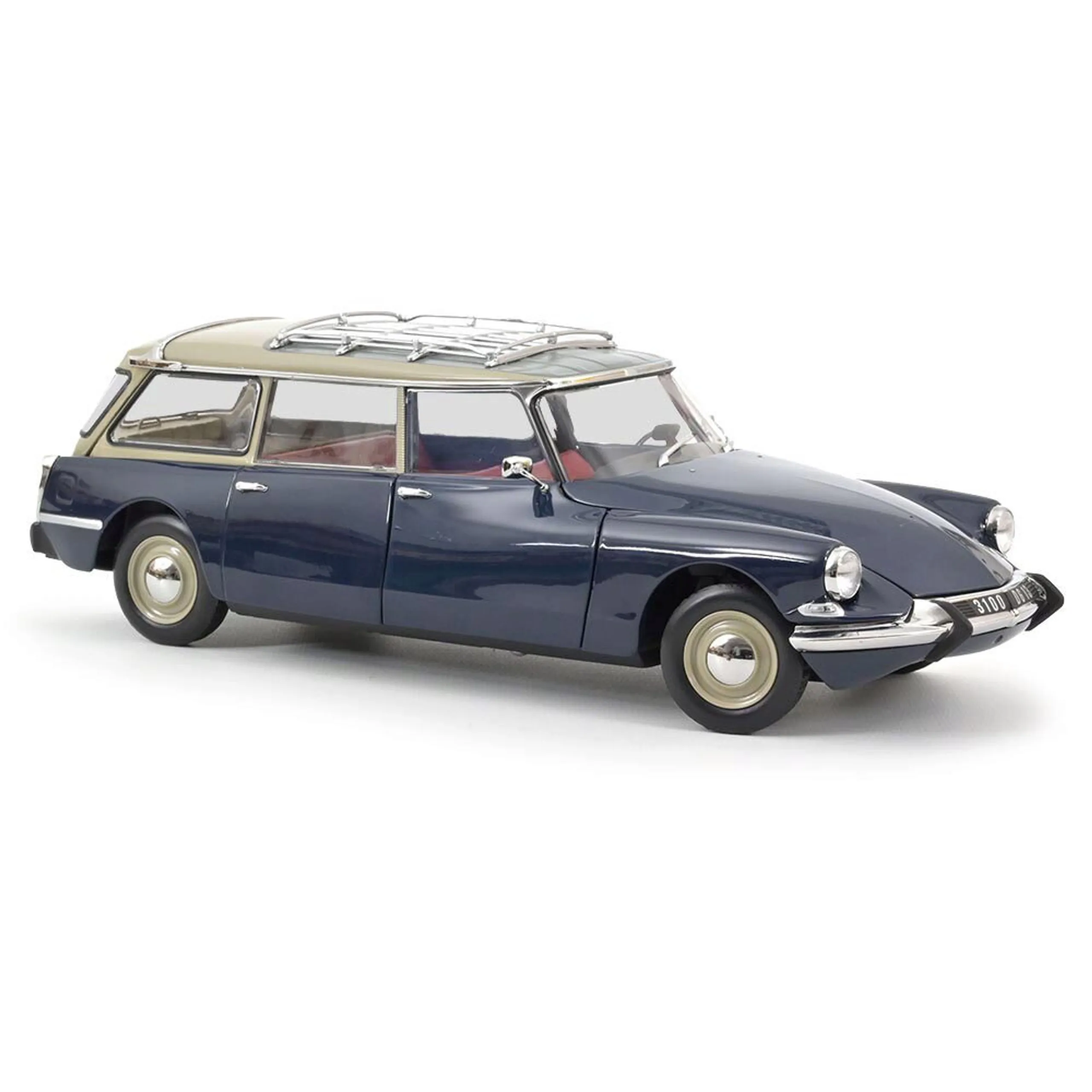
Local collectibles shops offer a more personal shopping experience, allowing you to inspect models in person and discuss your interests with knowledgeable staff. These shops often have a selection of both new and vintage models, and they may offer appraisal services. Prices in local shops can vary, and it’s always a good idea to compare prices with online options. Building a relationship with a local dealer can be beneficial, as they may notify you of new arrivals or special offers. Supporting local businesses while building your collection is a great benefit to this shopping method.
Benefits of Each Option
Each option for bidding or buying diecast model cars offers distinct advantages. Online auction platforms like eBay offer unparalleled selection and competitive pricing, ideal for bargain hunters and those seeking rare models. Specialized diecast websites provide convenience, detailed product information, and a curated selection, perfect for serious collectors who value quality and reliability. Local collectibles shops offer a personal touch, the opportunity to inspect models in person, and the chance to build relationships with knowledgeable dealers. The best choice depends on your specific needs, budget, and collecting goals. The right choice also depends on the level of risk you want to take on.
Bidding Strategies for Diecast Cars
Successful bidding on diecast model cars requires a strategic approach. Knowing how to research models, set a budget, and understand bidding increments can significantly increase your chances of winning auctions at a price you’re comfortable with. Effective bidding also involves using seller ratings and knowing when to walk away. A disciplined and informed approach is the key to a successful bidding strategy.
Researching the Model
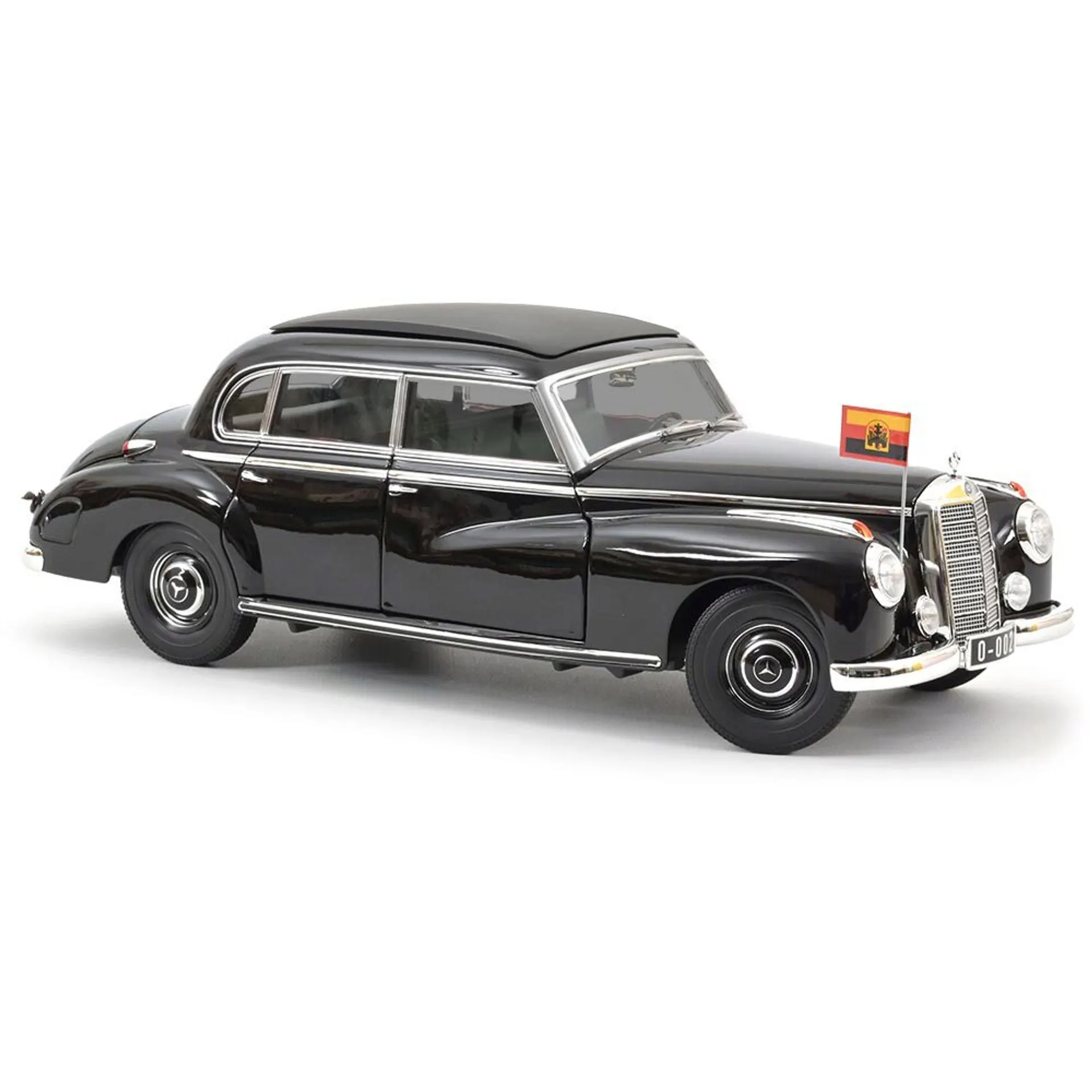
Before placing a bid, thoroughly research the model you’re interested in. Determine its value based on its rarity, condition, and brand. Look for comparable models that have recently sold to get an idea of the market price. Examine the photos carefully, paying attention to details like paint quality, missing parts, and any signs of damage. Reading the seller’s description and asking questions are critical. Understanding the model’s history, manufacturer, and potential value will help you bid with confidence and avoid overpaying. This is one of the most important parts of the process, as it helps determine if you are getting a good deal.
Setting a Budget
Before bidding on any model, establish a budget and stick to it. Decide how much you’re willing to spend, including shipping and any potential import fees. Avoid getting caught up in the excitement of the auction and exceeding your budget. Use bidding tools that allow you to set a maximum bid, and if the bidding exceeds that amount, don’t be afraid to walk away. Having a budget helps you stay focused on your collecting goals and avoid buyer’s remorse. It’s often better to miss out on a model than to overspend.
Bidding Increments
When placing bids, consider using strategic bidding increments. Avoid bidding at the minimum increment, as this can signal weakness. Instead, place bids that are slightly above the current bid, but still within your budget. In the final minutes of an auction, consider using a sniping tool to automatically place a bid at the last possible moment. This can prevent other bidders from outbidding you. Proper bidding increments will increase your chances of winning while remaining within your budget.
Understanding Seller Ratings

Seller ratings are an important indicator of a seller’s reliability and the quality of their service. Before bidding, carefully review the seller’s feedback history. Look for feedback that mentions the seller’s honesty, the accuracy of their descriptions, and their promptness in shipping. Avoid sellers with negative feedback or a history of disputes. Communicating with sellers, especially before bidding, can help you gauge their responsiveness and willingness to provide accurate information. The more you know about a seller, the better your chances of receiving a high-quality model.
Buying Directly
Buying diecast model cars directly from sellers, such as specialized websites or local shops, offers advantages such as immediate availability and the ability to inspect models in person. Negotiating prices and verifying authenticity are key aspects of this process. With direct purchasing, you have control over the transaction and the ability to evaluate the model’s condition before committing. This method is a great option for collectors that are looking for high-end models and are less concerned about cost.
Negotiating Prices
When buying directly, don’t hesitate to negotiate the price, especially if you’re purchasing multiple models or if the model has minor imperfections. Research the model’s market value to determine a fair price, and be prepared to walk away if the seller isn’t willing to meet your offer. Building relationships with sellers can lead to better deals and discounts over time. A willingness to negotiate can save you money and enhance your collection.
Verifying Authenticity

Authenticity is crucial, particularly for rare or valuable models. Examine the model’s details, such as the paint, markings, and any certification. Research the manufacturer’s specifications and compare them to the model in question. If you have any doubts, consult with an expert or a trusted collector. Always request proof of authenticity from the seller, if available. Ensuring the model’s authenticity will protect your investment and maintain the integrity of your collection. Be sure to examine the model in person, if possible. (Image: Diecast Model Car Authentication)
Checking for Damage
Before purchasing a diecast model car, thoroughly inspect it for any signs of damage. Look for scratches, dents, missing parts, or paint imperfections. Check all moving parts, such as doors and wheels, to ensure they function correctly. If buying online, request additional photos or videos from the seller if the listing doesn’t provide sufficient detail. A close inspection will help you assess the model’s condition and make an informed purchase decision. You should also look for signs of wear, such as fading paint or chipped pieces.
Payment and Shipping
Once you’ve won a bid or decided to purchase a diecast model car, the next steps involve secure payment and reliable shipping. Choosing the right payment method and selecting appropriate shipping options are essential to protect your investment and ensure that your new model arrives safely. Understanding these aspects of the buying process will contribute to a smooth and enjoyable experience.
Secure Payment Methods
When making payments, prioritize secure methods that offer buyer protection. Platforms like PayPal provide a level of security, allowing you to dispute transactions if the model isn’t as described or if it never arrives. Credit cards also offer buyer protection, as you can dispute charges if needed. Avoid paying with methods that offer little recourse, such as wire transfers or personal checks. Always use a secure payment gateway to protect your financial information. Choosing the right payment methods can protect your purchase.
Shipping Options and Costs
Shipping costs can vary depending on the size, weight, and destination of the model. Compare shipping options offered by the seller and consider the transit time and insurance coverage. Choose a shipping method that provides tracking information, so you can monitor the model’s progress. Be aware of potential import duties or taxes if the model is being shipped internationally. Carefully consider the shipping costs when determining your budget. Always make sure the package is properly prepared, as this can also influence the safe delivery of your model.
Insurance and Tracking
Insurance and tracking are essential for protecting your investment during shipping. Opt for shipping options that include insurance to cover potential loss or damage during transit. Tracking allows you to monitor the model’s progress and ensure it arrives safely. Keep all shipping documentation and contact the shipping provider immediately if there are any issues. These are also important parts of securing your purchase. (Image: Diecast Model Car Storage)
Caring for and Displaying Your Collection
Once you’ve acquired your diecast model cars, taking proper care of them will help preserve their condition and value. Proper storage, careful handling, and appropriate display methods are critical to maintaining the longevity and aesthetic appeal of your collection. These methods ensure that your models remain in top condition for years to come. (Image: Diecast Model Car Display)
Proper Storage
Store your diecast model cars in a cool, dry place away from direct sunlight and extreme temperatures. Exposure to sunlight can cause paint fading and damage to decals. Avoid storing models in humid environments, as this can lead to rust or corrosion. Consider using protective cases or display cabinets to shield your models from dust and accidental damage. This will also protect them from damage. (Image: Diecast Model Car Storage)
Display Cases
Display cases provide a stylish and safe way to showcase your collection. Choose cases that offer good visibility and protection from dust. Consider using cases with UV protection to prevent fading. Arrange your models in an appealing way, perhaps by brand, scale, or model type. Lighting can enhance the display, but avoid direct spotlights, which can generate heat. These display cases are a great option to display your diecast collection.
Cleaning and Maintenance
Dust your models regularly with a soft brush or cloth to prevent dust buildup. Avoid using harsh chemicals or abrasive cleaners, which can damage the paint and details. If a model requires more extensive cleaning, use a mild soap solution and a soft cloth, and dry it thoroughly. Handle your models with care to avoid fingerprints or scratches. Regular maintenance will keep your models looking their best and help preserve their value. These methods are essential for long-term ownership.
By understanding the diecast model car market, developing effective bidding strategies, and practicing proper care, you can successfully bid and buy models that enhance your collection. With careful planning, attention to detail, and a passion for these miniature masterpieces, you can enjoy the rewarding journey of building your diecast car collection. Good luck and happy collecting!
Conclusion
The world of diecast model cars offers a fascinating intersection of history, engineering, and art. Whether you’re a seasoned collector or a novice enthusiast, the thrill of the hunt, the joy of acquisition, and the pride of ownership are central to this rewarding hobby. By mastering the art of bidding and buying, you’ll be well-equipped to navigate this exciting market and curate a collection that brings you joy and perhaps even appreciates in value. Enjoy the journey and the miniature masterpieces you collect.
